BROWN MARMORATED STINK BUG
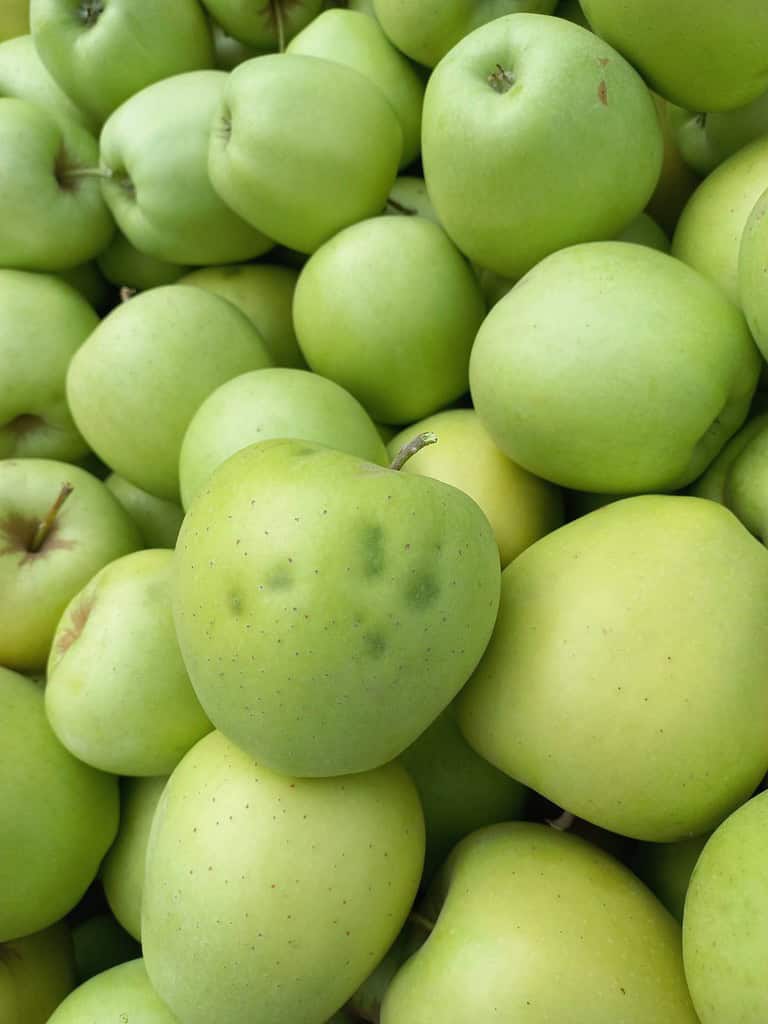
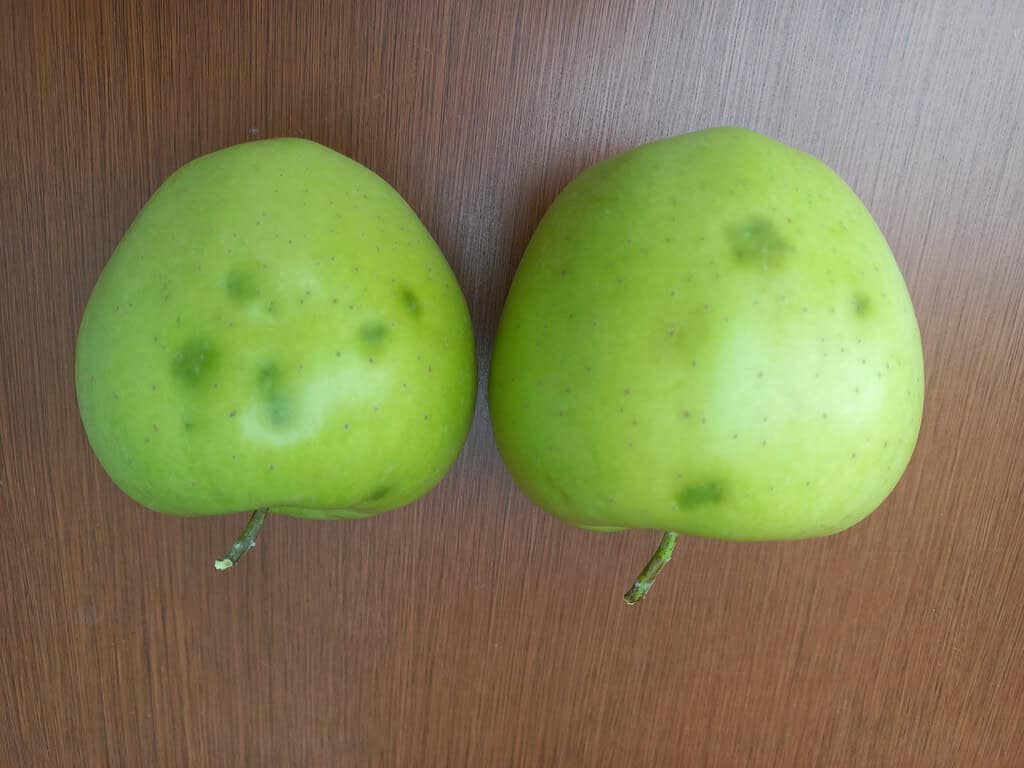
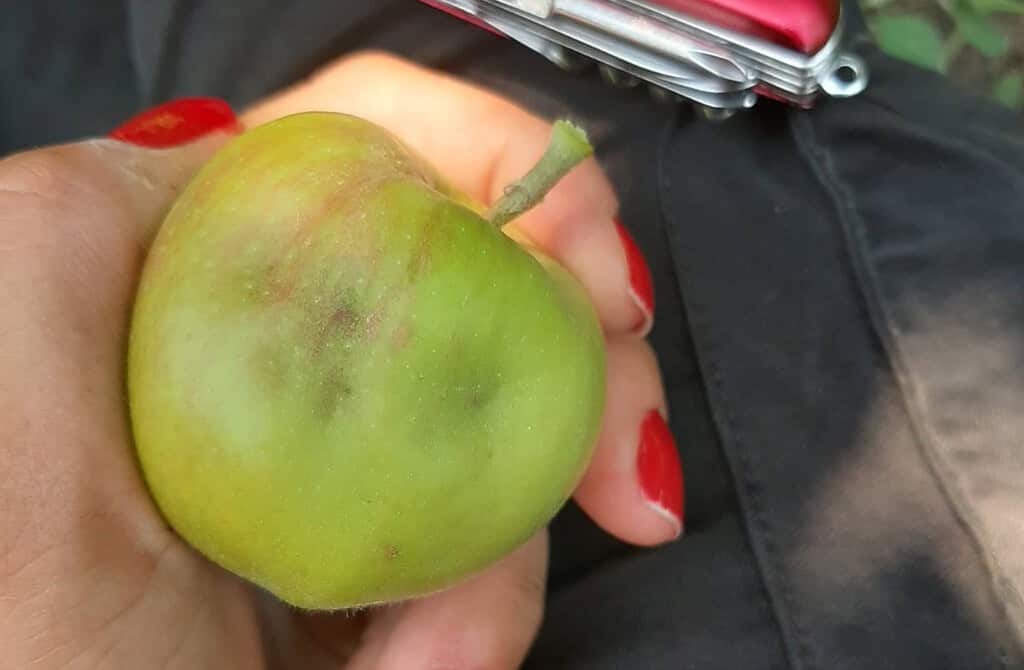
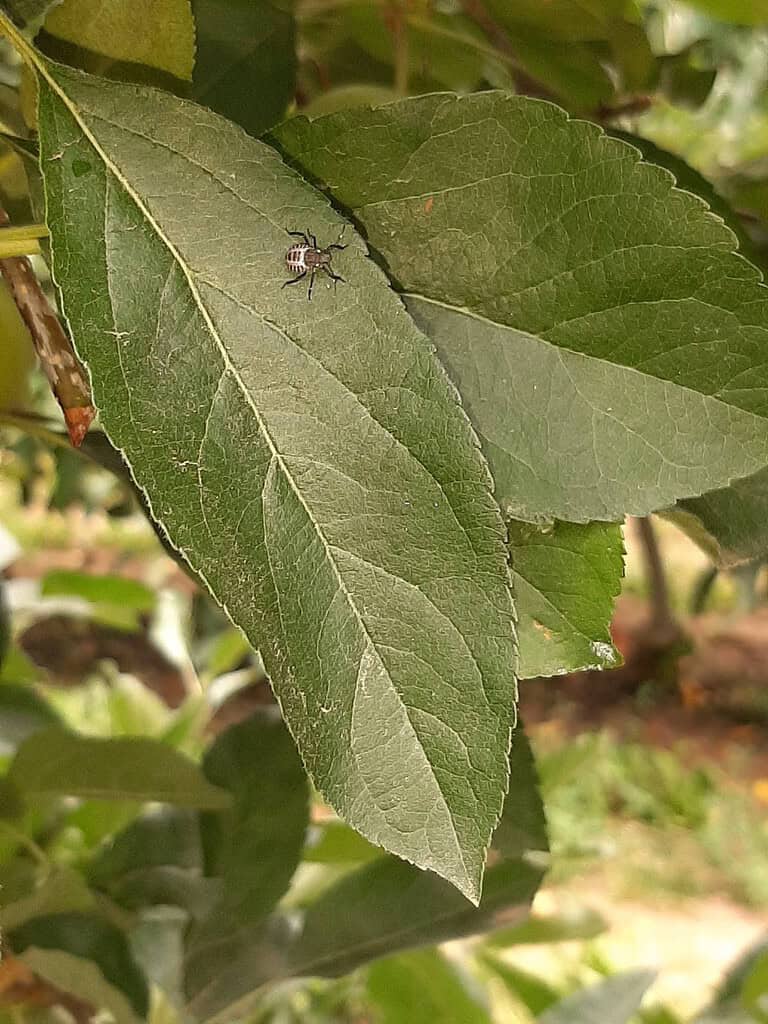
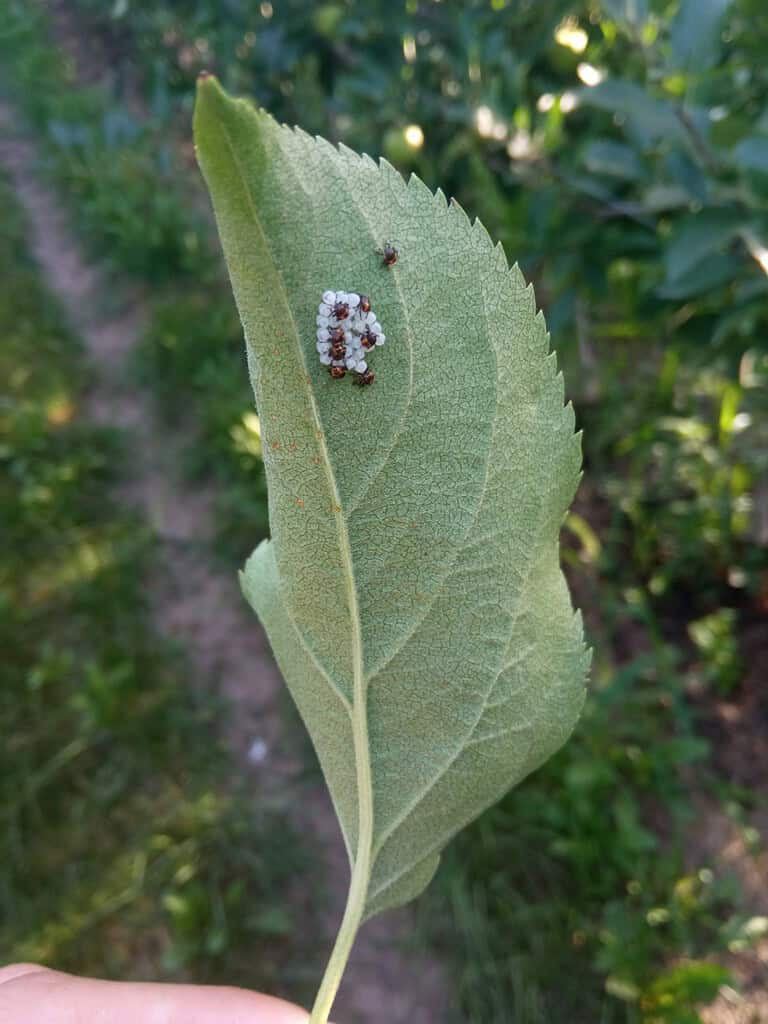
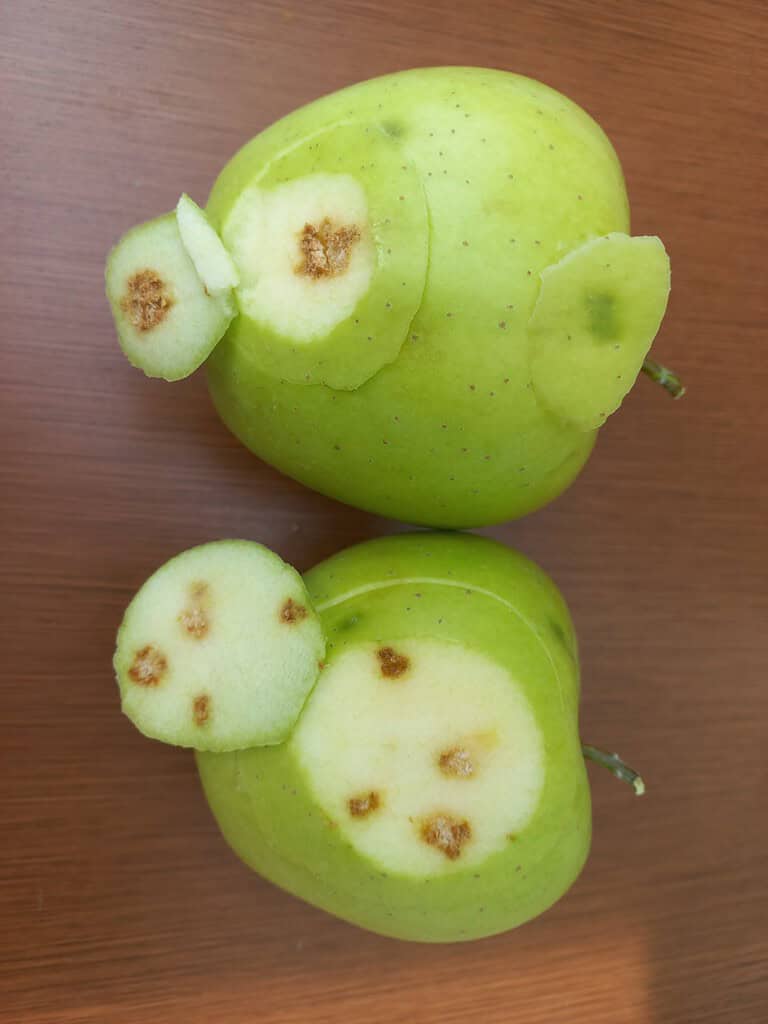
Halyomorpha halys, commonly known as the brown marmorated stink bug, is a pest that has caused significant crop losses in recent years. It has a notable impact on apple quality and yield, particularly in the Granny Smith variety. In years of high population density, losses on late-harvest apple varieties can exceed 40%. The greatest damage occurs on Granny Smith apples, likely due to their harvest time in October, when stink bugs migrate from harvested row crops to orchards. Other late-harvest varieties, such as Fuji, Pink Lady, and Crimson Snow, are also at risk.
The severity of damage depends on the season; in some years, it is negligible, while in others, losses are substantial.
BIOLOGY AND BEHAVIOR
The brown marmorated stink bug is a migratory polyphagous species that feeds on various crops, vegetables, fruits, weeds, and seeds. Its activity peaks between August and October, initially in row crops but also in orchards. During this period, it can cause significant damage to crops like cherries.
The pest primarily feeds on fruits and seeds. While feeding, it injects digestive enzymes into plant tissues via its piercing-sucking mouthparts, causing cell destruction.
• Generations per year: Two in typical production conditions.
• Overwintering stage: Adults (imago), often sheltering under protective structures in apple orchards, such as the “caps” on anti-hail poles.
• Development time: From eggs to adults, development takes 35–50 days in field conditions.
• Egg laying conditions: Requires temperatures above 21°C.
CONTROL MEASURES
1. Monitoring and Targeted Treatment
After egg-laying, obligate symbiotic bacteria are secreted on the egg surface. Newly hatched nymphs remain on the egg mass for a few days to acquire these bacteria. This is an ideal time for treatment, as the nymphs are grouped. Stink bug nymphs go through five developmental stages.
2. Chemical Control
A limited number of active ingredients have efficacy against this pest, including:
• Deltamethrin
• Acetamiprid
However, even with effective treatment, reinfestation from migrating adults remains a challenge.
3. Physical Barriers (Cage Systems)
The most effective control method involves completely enclosing orchards using anti-hail nets, forming a “cage” system.
• Implementation begins post-flowering (after the risk to pollinators).
• The orchard remains enclosed until harvest is completed and the threat of stink bug damage has passed.
4. Biological Control
Biological products are gaining attention for their potential in managing stink bug populations. These products may:
• Target symbiotic bacteria essential for the pest’s development.
• Act as repellents, creating an unfavorable environment and redirecting the pest to alternative locations.
MANAGEMENT STRATEGY
Given the stink bug’s migratory nature and the limited effectiveness of chemical treatments, a holistic pest management approach combining physical barriers, timely chemical applications, and biological products is essential for sustainable control.

Leave a Reply